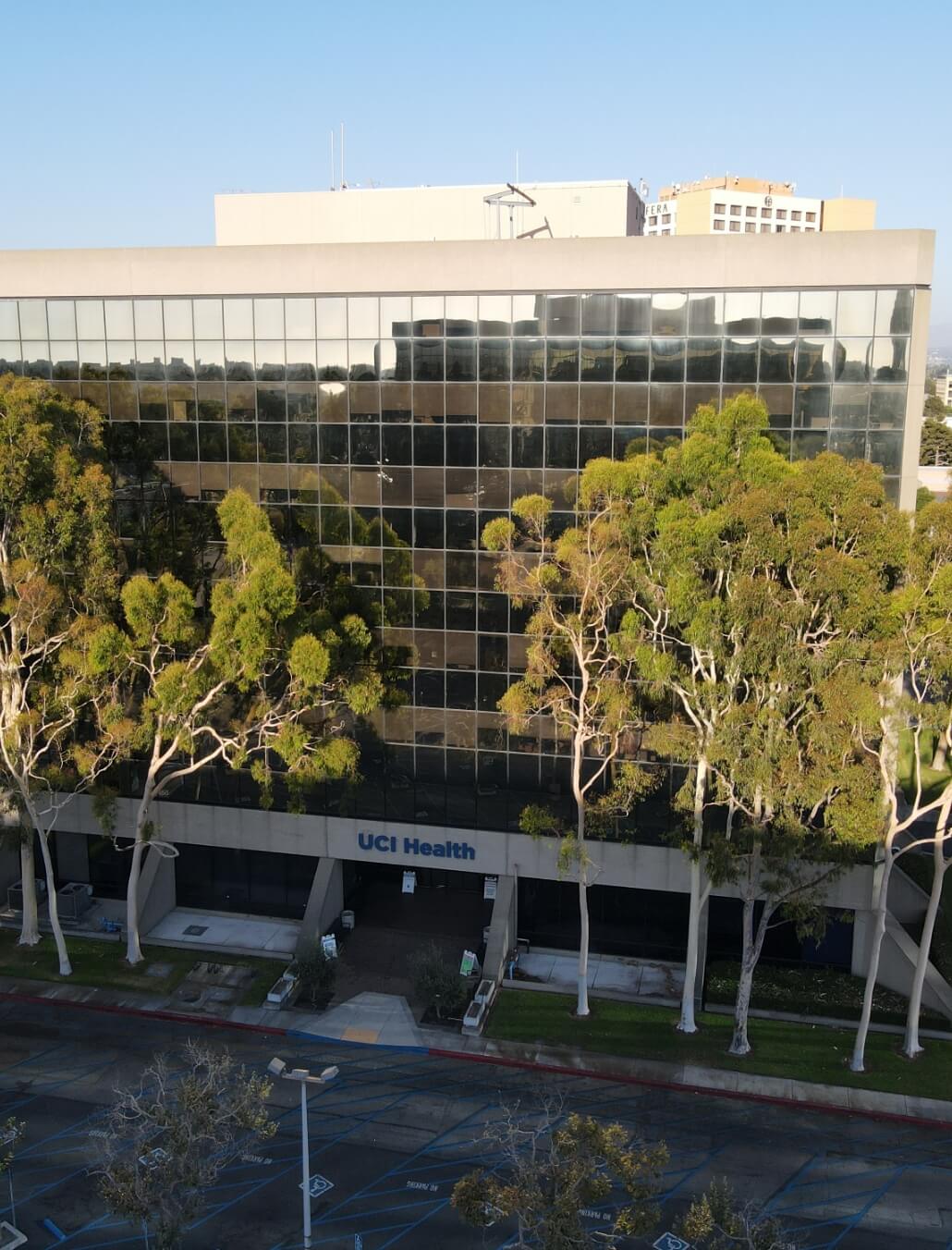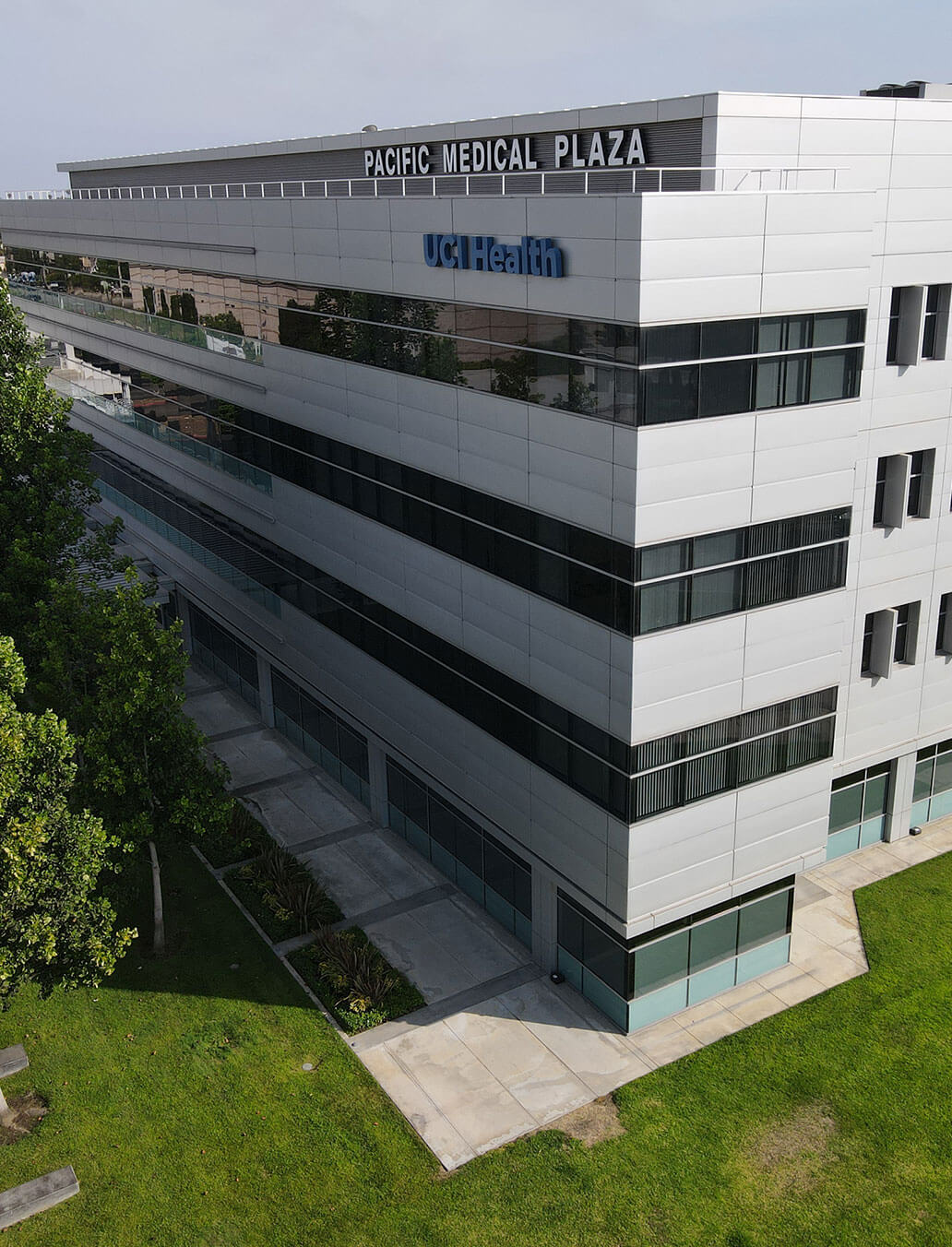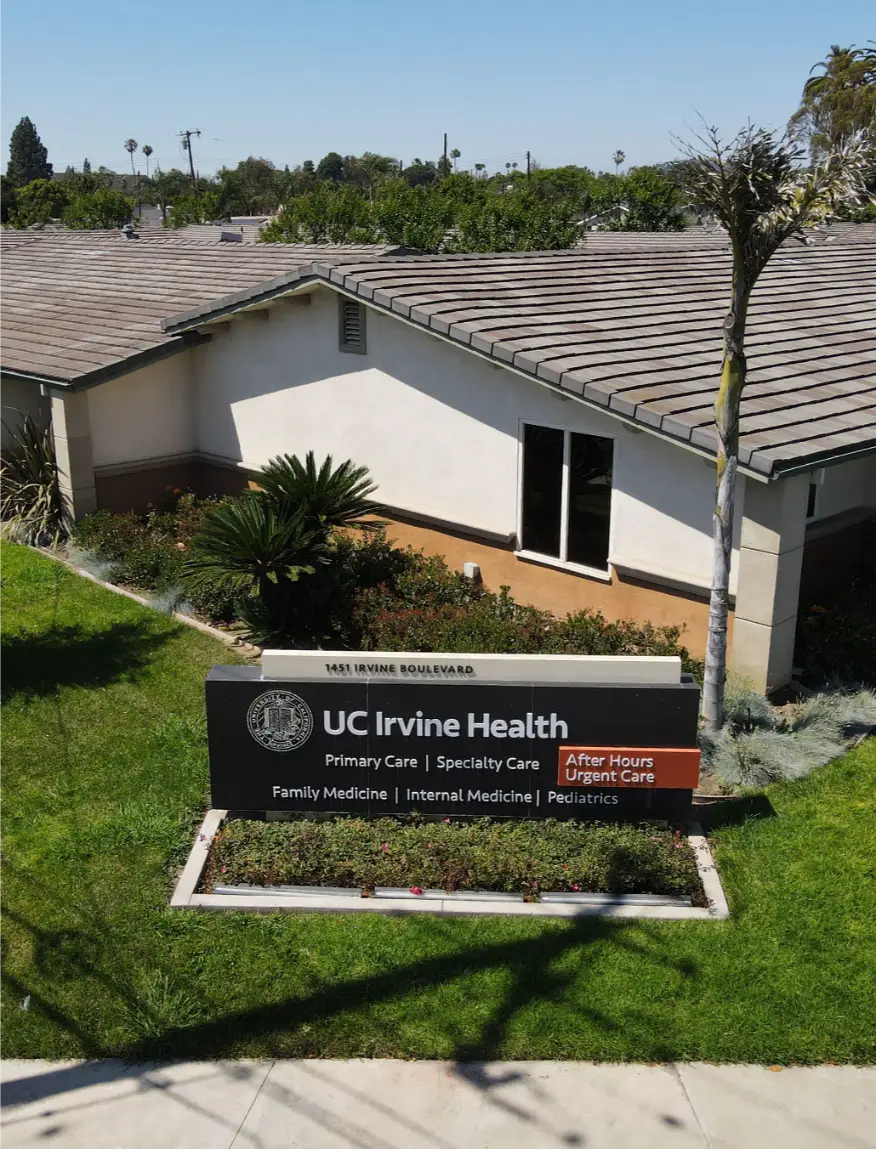Migraine surgery can reduce the frequency and intensity of migraines for people whose headaches do not respond to medications and other interventions. The procedure can provide long-term relief to people with severe or chronic migraines.
To learn more about migraine surgery and to find out if it might be a solution for your recurring headaches, contact UCI Plastic Surgery to schedule a consultation. We have three locations serving Orange County in Orange, Costa Mesa, and Tustin, CA.
What Is Migraine Surgery?
Migraine surgery is a procedure to eliminate triggers to migraines from compressed or irritated sensory nerves and blood vessels around the head. When these nerves and vessels get compressed, they can trigger a chain reaction of muscle tension and other responses that result in the onset of a migraine. By relieving pressure on these migraine-triggering nerves and vessels, migraine surgery can eliminate migraines or reduce their frequency, duration, and intensity.
The locations of compressed nerves and vessels are trigger points. The area of your head that hurts when you have a migraine is an indicator of where your trigger points are.
- Pain in the forehead and above your eyes is links to frontal trigger points around the eyebrows.
- Pain over your temples links to temporal trigger points in the temples and ears.
- Pain inside your nose and behind your eyes links with rhinogenic trigger points in the sinuses.
- Pain in the back of your head that can extend across your skull to your eyes links with occipital trigger points at the back of the head.
A migraine surgeon will identify the specific trigger points causing your migraines and alleviate the compression.

Who Can Benefit From Migraine Surgery?
Migraine surgery can be an effective solution for people with chronic, frequent, or intense migraines who have tried medications, behavior changes, and other treatments without relief.
You may be a good candidate for migraine surgery if you have the following characteristics.
- A neurologist has diagnosed you with chronic migraines or a related condition called occipital neuralgia. Not all headaches are migraines. Many headaches result from causes other than compressed nerves and vessels, and migraine surgery won’t help these.
- You have tried other therapies and treatments, such as medications and behavior changes, without getting relief from your migraines.
- You’re in good overall health.
- You understand what migraine surgery can and can’t do and have realistic expectations for the procedure.
Your Consultation
If you have received the appropriate diagnosis from a neurologist and share the other characteristics listed above, you can schedule a private migraine surgery consultation with one of our specialists.
During this meeting, your surgeon will examine you, take a detailed medical history, and ask questions to understand where in your head you experience pain from migraines. The goal of the consultation and information-gathering is to determine what causes your headaches and identify specific trigger points. In some cases, tests may be necessary.
We use Botox as a diagnostic method to aid in selection of the ideal patient for surgical management. If Botox relieves pain temporarily, surgery is likely to provide long-term relief. We also use Botox differently than our neurologists, focusing on a targeted approach to trigger sites.
With the right information, your surgeon can plan the specific approach for your procedure. They’ll explain what approach they plan to take and what you can expect during and after the surgery.
Our migraine team is multidisciplinary. We are conducting prospective outcomes and cost-effectiveness research with co-investigators from plastic/craniofacial surgery, neurology (Dr. Attaripour), and pain management (Dr. Shalini Shah).

How Is Migraine Surgery Performed?
Migraine surgery releases migraine-triggering pressure around the constricted nerves and vessels. The approach for your surgery will depend on which nerves and vessels are acting as trigger points for your migraines.
- Forehead headaches: A surgeon makes incisions in the eyelid crease to reach the area above the eyebrows and relax the eyebrow muscles that are compressing frontal nerves and vessels.
- Headaches that start near the temples: A surgeon makes incisions behind the hairline at the temples to relieve compression on the two nerves in this area.
- Headaches that start behind the eyes: A surgeon makes incisions inside the nose to correct a deviated septum or remove bone and soft tissue that are putting pressure on nerves.
- Headaches that start in the back of the head or neck: A surgeon makes a vertical midline incision in the hair-bearing scalp (this will be a hidden incision). They will then decompress the nerves from surrounding muscle/fascia/vessels and lift some soft tissue fat pads to “cushion” them going forward.
Depending on the nerve compression’s location and nature, a skilled surgeon will use open or endoscopic surgery. In endoscopic surgery, they will make three to five small incisions through which to insert the surgical scopes and tools. In performing open surgery, the surgeon will make the incision in a naturally concealed location, such as a skin fold or beneath the hair covering.
What Can I Expect on the Day of the Procedure?
Your migraine surgery will take place while you are under general anesthesia. Once the anesthesia has taken effect, the surgeon also makes incisions to reach and relieve pressure on the compressed nerves and vessels at the trigger points.
Migraine surgery is a highly individualized procedure. In the surgical consultation and planning, your surgeon will explain where they’ll make the incisions, how they will perform the procedure, and which nerves and vessels the surgery will decompress to relieve your migraines.
Migraine surgery usually takes about one to three hours. It will take another hour or two to wake up from the anesthesia or sedation, after which you can go home, with a friend or family member to drive you.
What to Expect in Recovery
You might experience some short-term swelling or bruising in the surgical area, especially around your eyes if you had incisions made near the eyes or in the nose. You may have prescription pain medications for any short-term pain or discomfort. You could experience some itching if your incisions were on your scalp. Most patients return to work in about a week.
The staff at UCI Plastic Surgery will provide specific instructions for recovery, including guidance on how to care for dressings, manage pain, and bathe, and when to resume normal activity.
Your doctor will schedule follow-up appointments to track progress in healing and will be available to respond to your questions.
Results of Migraine Surgery
While some patients experience a reduction in migraine headaches immediately after surgery, for others, it can take a few weeks to a few months to feel the full benefits of the procedure. Follow-up studies have shown that between 70 and 95% of migraine surgery patients experience a reduction in migraine headaches. The surgery eliminates migraine headaches for about half.
Start Your Journey Today!
UCI Plastic Surgery is a leader in the field of cosmetic surgery. Each of our specialists is highly knowledgeable, trained, and committed to bringing our patients the latest advancements in the field. Learn how our experts can help you obtain industry-leading results by scheduling a consultation today.
Schedule A ConsultationSchedule a Consultation in Orange County
Contact us today to schedule a consultation and learn more about how migraine surgery might benefit you. We’ll answer your questions and explain what to expect. We serve Orange County and the Los Angeles area, with offices in Orange, Costa Mesa, and Tustin, CA.
The doctors at UCI Plastic Surgery are leaders in the field of cosmetic and reconstructive surgery. Through their teaching and lecturing roles at UCI, they stay current with state-of-the-art techniques and technology. With their advanced technical skills, they consistently produce better, more natural-looking results for their patients.



